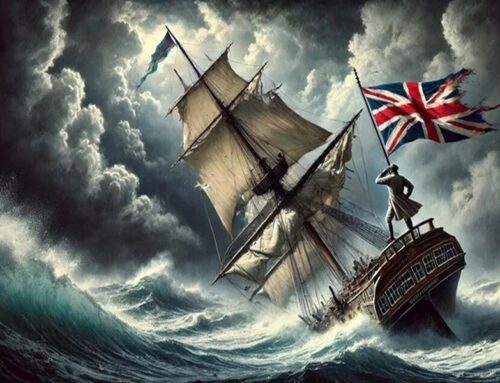08-11-2012 – بانوراما التأمين
Any liability arising from the use of ships is written in the P & I market, which consists largely of mutual insurers Some mutuals also exist to accept hull property risks
In the marine mutual market the ship owners employ managers to run the organisations; the managers operate separate ‘clubs’ for each distinct set of risks, thus the same group of managers may be responsible for running ,say, a P & I club as well as a strikes club and a defence club.
Due to the heavy exposure to loss entailed by pollution and similar liabilities, it is important for mutuals to be adequately reinsured in order that their members do not face the burden of sharing those liabilities with each other. The major P & I clubs each retain $7m per loss, pool the losses between $7m and $50m among themselves and then collectively purchase reinsurance up to $3bn (with both sub-limits for both pollution and passenger liabilities), thus extending the mutual concept to the entire ship-owning community
Above this reinsurance is sought in the London and other major reinsurance markets up to levels considered adequate for the highest losses. Mutuals are non-profit making associations for the benefit of their members
A captive insurer only accepts risks from the company which owns them. In this way the owner can avoid paying premiums to another organisation, but has the disadvantage that they also retain exposure to their own risks. To reduce the company’s exposure to loss, the captive insurer buys reinsurance – thus the only loss to the company is the reinsurance premium, although it still has to bear a higher proportion of the loss than if the whole risk were insured in the first instance in the commercial market. As captives grow, they often expand their scope of activity and underwrite risks from other companies as well, sometimes changing into ordinary insurance companies as a result. In such circumstances their parent company is likely to treat them as a separate profit centre within the group rather than simply as a mechanism for managing the group’s own risk
One of the main purposes of the captive is to obtain significant tax advantages by allowing transfer of premium to favourable tax jurisdictions; the profits generated by the captive are thus subject to lower or non-existent taxes
Liabilities covered
Personal injury to or illness of or loss of life of crew members
Personal injury to or loss of life of stevedores
Personal injury to or illness of or loss of life to passengers
Loss of personal effects of crew or passengers
Expenses of diverting the ship to land sick or injured persons or stowaways or refugees
Life salvage
The one-fourth of collision liability not included in the hull policies under the ITC 3/4ths Collision Liability
Damage to docks, piers, jetties and other fixed and floating objects other than ships
Damage to ships without contact, i.e. by excessive wash
Pollution by oil or other substance escaping from the ship
Liabilities under towage contracts
Wreck removal charges
Loss or damage to cargo carried on the ship
Fines





